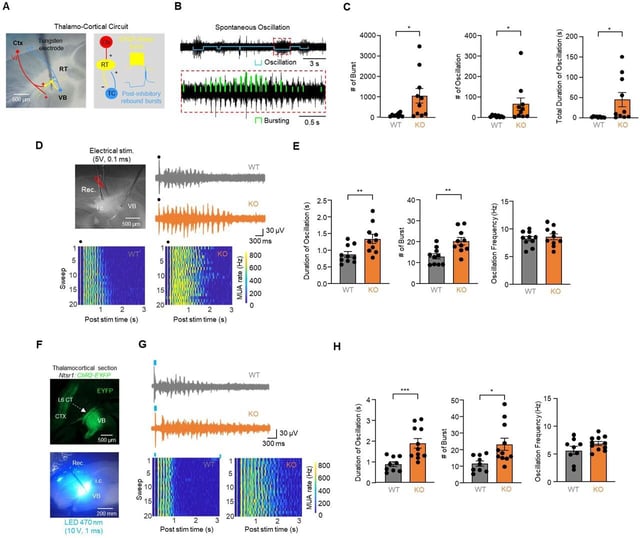Overview
- Stanford researchers report in Science Advances that hyperactivity in the reticular thalamic nucleus drives autism-related behaviors in Cntnap2 knockout mice.
- The model showed elevated T-type calcium currents, enhanced burst firing and intrathalamic oscillations in RT neurons, alongside seizure susceptibility, hyperactivity, repetitive grooming and reduced social preference.
- Z944, a T-type calcium channel blocker under investigation for epilepsy, suppressed RT activity and reversed multiple behavioral deficits in the mice.
- Chemogenetic suppression of RT neurons rescued behaviors, while excitatory activation in normal mice induced deficits, indicating a causal role for RT excitability.
- The work underscores mechanistic overlap between autism and epilepsy and notes that Z944 remains experimental, with human safety, dosing and efficacy for ASD symptoms not yet established.



